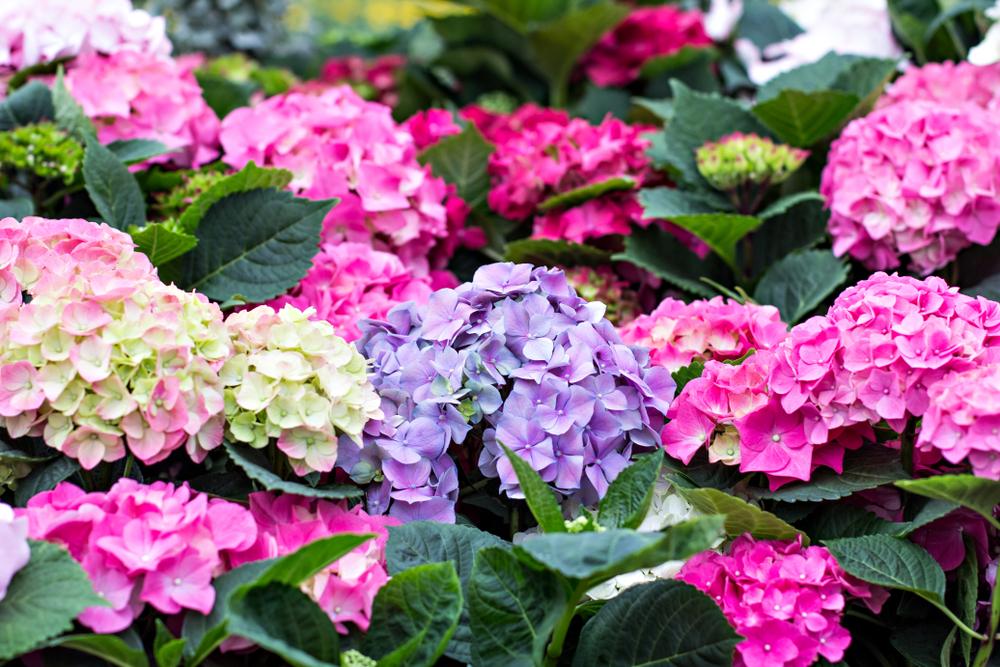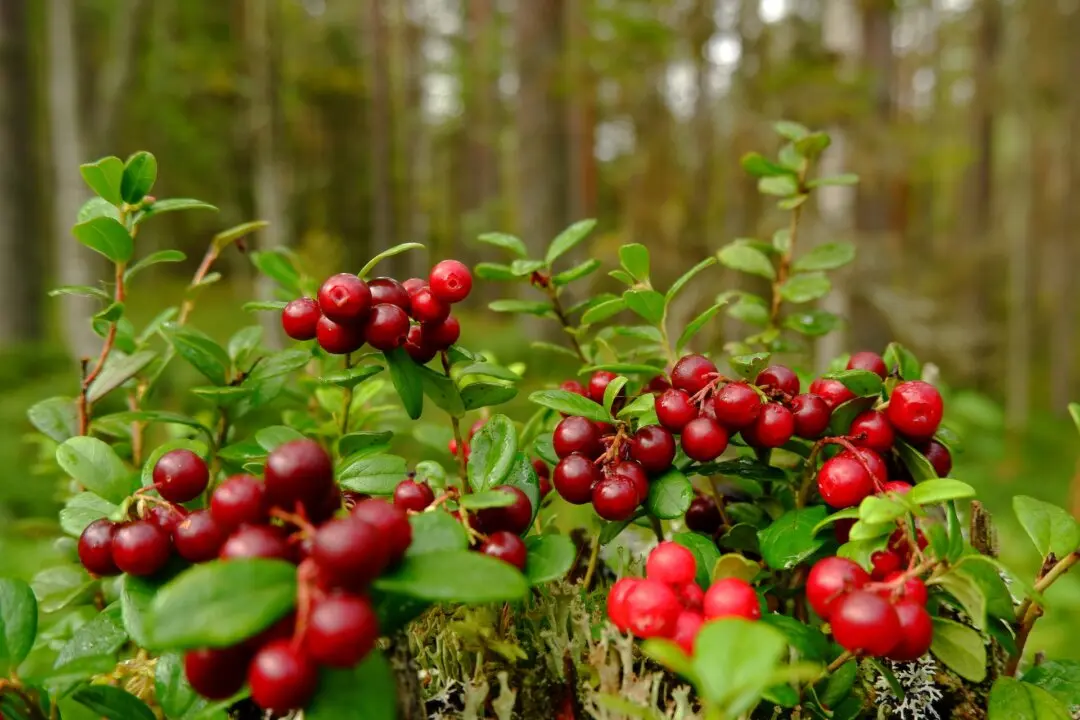By now, you surely know that Valentine’s Day was last week. If you didn’t give flowers and you need to make up for it, you may want to give an entire plant. Or maybe you did get a plant and want to know how to keep it alive.
Several potted flowering plants are commonly given as gifts from Valentine’s Day through Easter until Mother’s Day. Azalea, calceolaria, cineraria, cyclamen, hydrangea, and kalanchoes all make nice blooming gift plants. One of the reasons they are all available at this time of year is that they grow in the same conditions. They all prefer to have bright light from an east window or a bright artificial light. A daytime temperature in the 60- to 70-degree range is best and a little cooler at night is fine.





